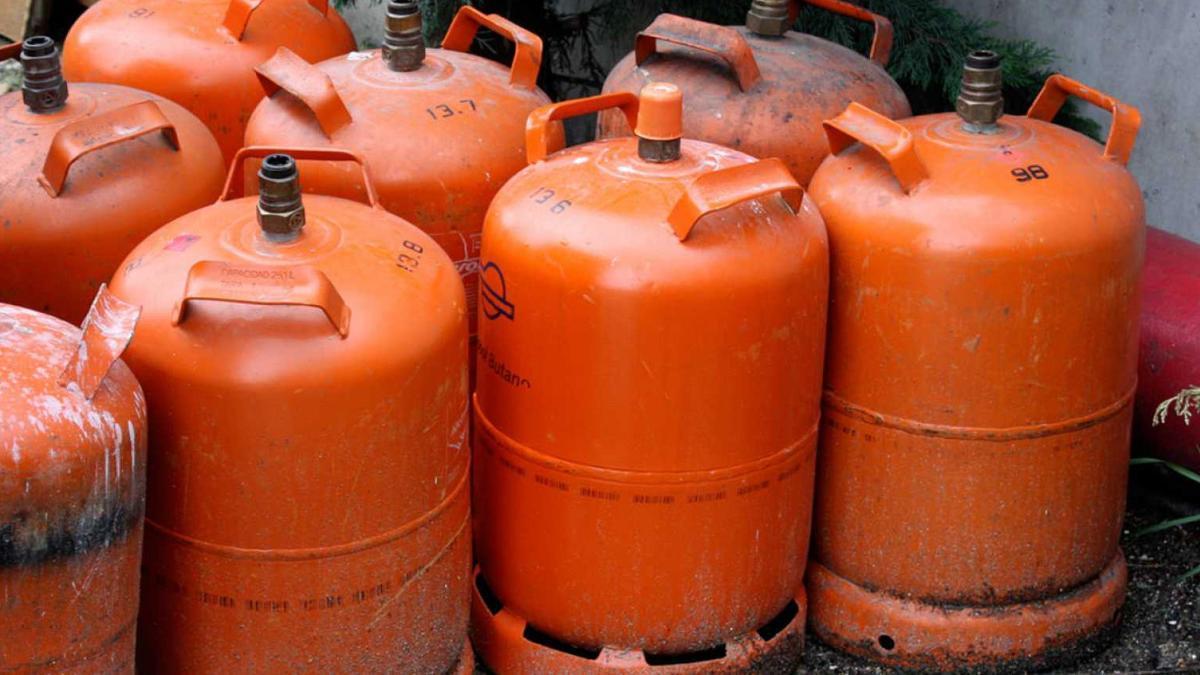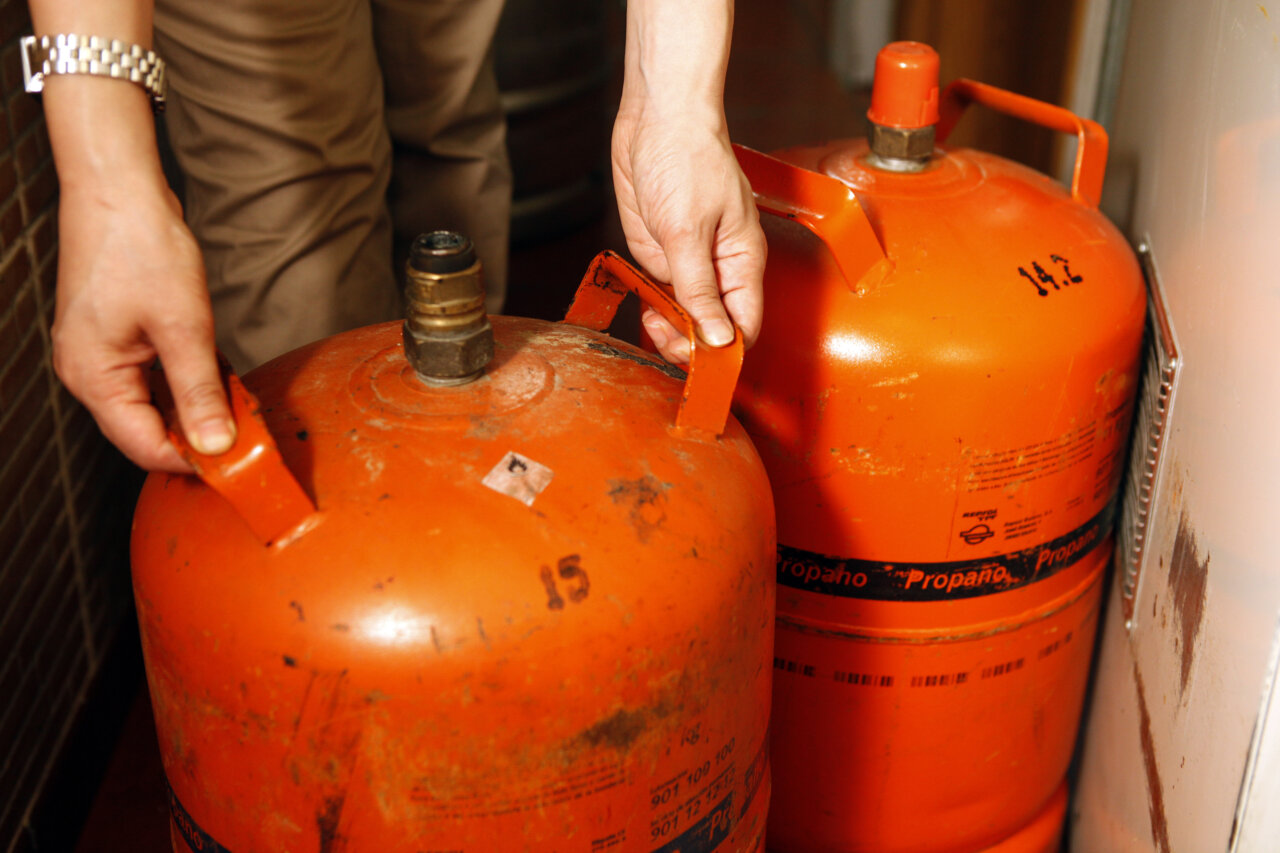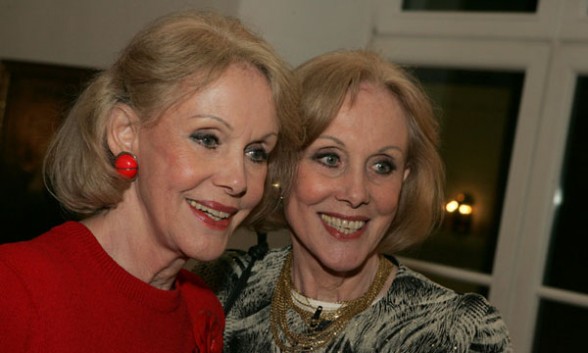The price of the butane cylinder will again be adjusted downward this month, marking the third consecutive reduction in a context of greater stability in the energy market.
After several periods marked by strong international fluctuations, the Government has published a new revision that again slightly relieves the pockets of consumers who still depend on this supply, which is very common in rural areas, second homes and households without access to the natural gas network.
How much will the butane cylinder cost as of Tuesday
As of Tuesday, November 18, the traditional cylinder will have a maximum price of 15.46 euros, according to the resolution of the Official State Gazette (BOE). This figure is approximately 4% less than in the last bimonthly update, confirming the downward trend registered half a year ago.
The new amount is still far from the historical peaks reached in 2022, when strong energy tensions pushed the price above 19 euros, but it remains a key element for thousands of households that continue to use this fuel.
Why the price of butane is falling: the relevant factors

The drop is mainly due to the favorable performance of two indicators that have a significant weight in the official calculation. Firstly, international freight rates (i.e., the maritime transport of raw materials) have experienced a significant reduction of around 15%, which lowers logistics costs.
At the same time, the euro has strengthened against the dollar, which is decisive because a large part of liquefied gas purchases are made in that currency. This slight movement in the exchange rate helps to reduce the final bill.
Both factors have managed to offset the increase in propane and butane prices on international markets, which have risen by more than 6%. The result is a revision that, despite the upward pressure on raw materials, has ended up offering a respite to the consumer.
How is the price of the butane cylinder fixed?
The price of the butane cylinder is not free, but is regulated by the government and is reviewed every two months using an established formula. This equation takes into account several elements: the international evolution of liquefied petroleum gases (LPG), the cost of maritime transport, the exchange rate and other expenses linked to distribution.
In turn, the regulations include a 5% variation limit in each revision, both upward and downward. This avoids abrupt changes that could have an uncontrolled impact on consumers. If the actual result exceeds this margin, the difference is postponed for subsequent updates.
Despite the progressive decline in consumption due to the expansion of natural gas networks and the adoption of more efficient systems, bottled butane continues to be a fundamental resource for thousands of families and small businesses in Spain, especially in areas where there are no immediate energy alternatives.






